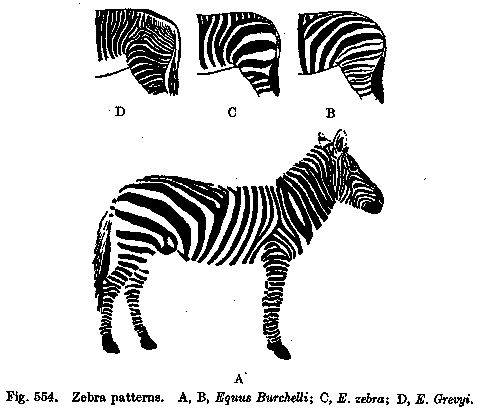University of Oregon - Department of Architecture - ARCH 424/524 Cheng - Advanced Design Development Media
5 Modeling Primitives & Operations
Objectives:
- To understand the operational logic of a 3D modeling application
- To see how modeling is used for architectural applications
I. Check-in
- Assignment 1 marks
- Web search results
- Vote on best interface
- Resource note: Computing Center Documents Room (2nd floor)
- Resource note: FormZ mini-manual on Klamath/Millrace machines, manuals at CC lab desks and AAA Library (Cheng)
II. Learning process
Language analogy
- basic syntax
- practice in context (make effort, get over mistakes)
- build up vocabulary of commands
Sequence for learning digital applications
- Interface & navigation (on-line help, beginner mode)
- Creation of primitive elements
- Selection sets, attribute editing & transformations
- Precision & Organization
- More complex operations
III. Interface
Help menu, Modeling tools
Simplifying the menu
Tile Windows
View menu > Edit Cone of Vision
IV. 2D shape to 3D form
Extrusion
Lathing
Lofting
A. Derivative Objects
TUT 7.3* from parts of other objects, TUT 7.5 Parallel objects
B. Protrusions
TRY IT: Simple roof forms
C. Lathed objects
TUT 8.1
D. Sweeps
Axial 2 source TUT 9.2 2 path TUT 9.3
V. Precision Tools
- Grid Snap
- Angle Snap
- Object Snaps
Absolute vs. Relative coordinates
Query operations
VI Basic Transformations
D'Arcy Thompson's On Growth and Form
1 2  3
3
Basic Operations:
- Translation
- Reflection
- Rotation
- Scale
- Glide reflection (Translation + Reflection)
Order of operations DO matter
Selection set DOES matter
VII. Ways to model
Direct 3D Doghouse
- Extruded Mass, Hollowed
- Boolean Mass, Boolean Void
- Inserted Planes for Details
2D to 3D Doghouse
- Glass Plane Drawings as Guides
- 2D Plan, Extruded vertically
- Gingerbread House
Another Doghouse
VIII. Context
Modeling methods & applications
Architectural
IX. Vocabulary
- Selection Set (elements chosen for editing)
- Attribute (characteristic)
- Relative Coordinates (distance from another location)
- Absolute Coordinates (according to world origin)
- Geometric Transformation (change of location, size, proportion, orientation)
- Parametric Variation (alternate created by changing size, angle or number)
- Topological Levels (point, segment, face, object, etc.)
- Derivative Object (a form that is created from an other)
FOR TUESDAY: Websites with diagrams or drawings and text information
| intro | schedule | gallery | books | home |
edited Jan20, 2000 by nywcheng
3